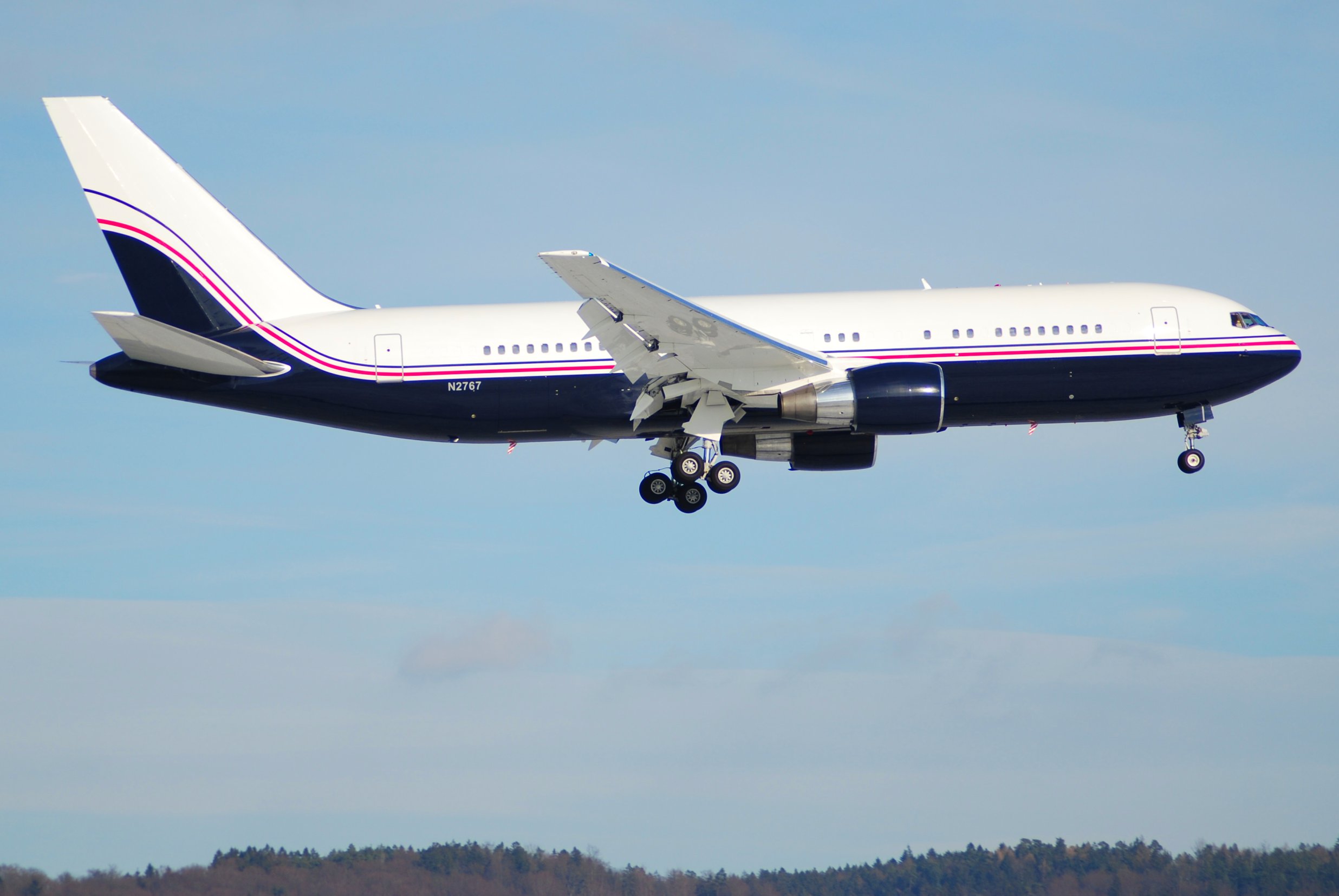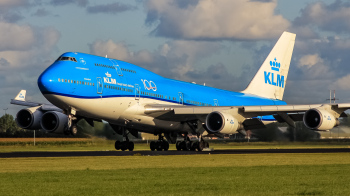Aerospace materials are materials used for making aircraft and spacecraft parts, with the two most important being metals and composites. Metals are the most common materials used for aerospace parts due to their strength, durability, and ability to withstand extreme temperatures. Common metals used in the aerospace industry include aluminum, titanium, stainless steel, and nickel alloys.
Aluminum is one of the most commonly used aerospace materials due to its lightweight, high-strength, and cost-effectiveness. It is used in the production of aircraft and spacecraft parts, including fuselages, wings, and landing gear. Aluminum is also corrosion-resistant and highly sustainable, making it an ideal choice for aerospace components.
Titanium is another popular material used in aerospace due to its high strength-to-weight ratio and durability. It is often used for parts that require high strength and corrosion-resistance, such as blades and engine parts. Titanium is also used in the construction of spacecraft, as its low weight and high strength make it perfect for these applications.
Stainless steel is another popular aerospace material due to its corrosion-resistance and ability to withstand high temperatures. It is often used for high-temperature applications, such as engine parts and exhaust systems. Nickel alloys are also used in aerospace, as they are highly resistant to corrosion and can withstand high temperatures.
Composites are also used in the aerospace industry to create parts that are lightweight yet strong. These materials are usually made up of a combination of fibers and resins, which are bonded together to form a strong, lightweight material. Composites are often used for parts that require a higher strength-to-weight ratio, such as fuselages and wings.
In conclusion, aerospace materials are an important part of aerospace engineering and are used to construct a variety of aircraft and spacecraft parts. The most commonly used materials are metals and composites, which provide strength, durability, and corrosion resistance. Metals such as aluminum, titanium, stainless steel, and nickel alloys are all popular choices for aerospace components, while composites are often used for parts that require a higher strength-to-weight ratio.




Comments